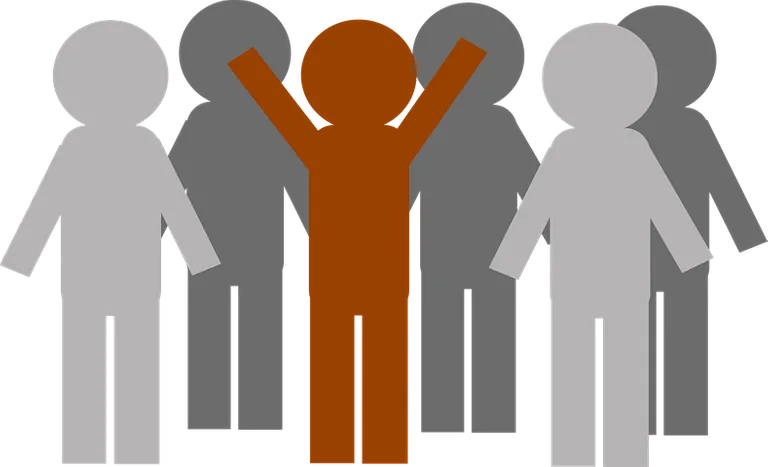DISTINGUISHING MAIN IDEAS FROM SUPPORTING DETAILS
Today subject will be very long and a little bit complicated but if you can follow me to the end you will enjoy it. Let get started Whether you are reading a text in a hurry to locate specific information, or skimming to see what the text has to offer, or reading deliberately slowly to note details about a given subject or topic, your first task is to realize what the text is about. If anyone asks you about what you have read you do not begins recounting the entire story or news. You are likely to tell him or her in one or two statements what you have read.

Of course, we sometimes find some in experienced readers, and particularly children, recount the entire story, account or news that they have just read, in response to daddy's mummy's or auntie's question -what have you read? You may be one of such inexperienced readers or a little more experienced than those novice readers.
In this post, you will learn recognise or identify main ideas in texts and the supporting details that go with them. In fact this is how though is organised in the real world of communication and interaction. The ability to differentiate between main ideas and supporting details is a useful skill in reading, whether for academic purposes or for pleasure and general information.
Now suppose you have just completed reading one of this and your friend comes and asks you 'what have you been reading?, dose he want to know all you have been reading from the title of the post from the topic body of the post to the end? You might say here he wants to know the main idea or the main point(s). But what exactly is the main idea or the important idea?
A number of terms have been used to define main idea in several places and several books where reading comprehension is discussed. The following terminologies, as listed in James Baumann's 'teaching main idea comprehension '(1986), will help you to think of what main or important idea has been thought to mean.
When we read, particularly when we skim a text, we do in order to get the general impression
General import
outstanding point
General significance
outstanding feature
Main implication
central theme
central truth
bird's eye view
Important element
kernel of the whole
Main point
heart of the passage
large view
writer's message
master idea
Point of view
big idea
outstanding idea
controlling idea
significant idea
We can also use questions to define main idea, questions the reader might ask himself or herself at the end of a reading task, or questions the teacher might ask students before, during or at the end of a reading exercise.
•What is the passage mostly about
•What do you think is important in the passage?
•What do all the facts have in common?
•what do all the sentences centre around
•is the title of the post a good one?
From the above terms and questions used to describe or define main idea, you can see that there are possible variations as to what exactly the task of looking for the main idea in text requires of the reader. However, everything revolves around the word 'major' or 'main'. The other aspects representing 'idea' or 'point' would vary according to what the writer has to offer or what the reader wants from the text.
For example what the passage is 'mostly about' may not be the same thing as its 'implication' or ' central theme' or what the writer is 'showing us'. All these definitions or ways of looking for the main idea have been stated to enable you to recognise what main idea or Important point in a text could be.
Thank you for your time.
@tipu curate
Upvoted 👌 (Mana: 14/21)
Thank you very much